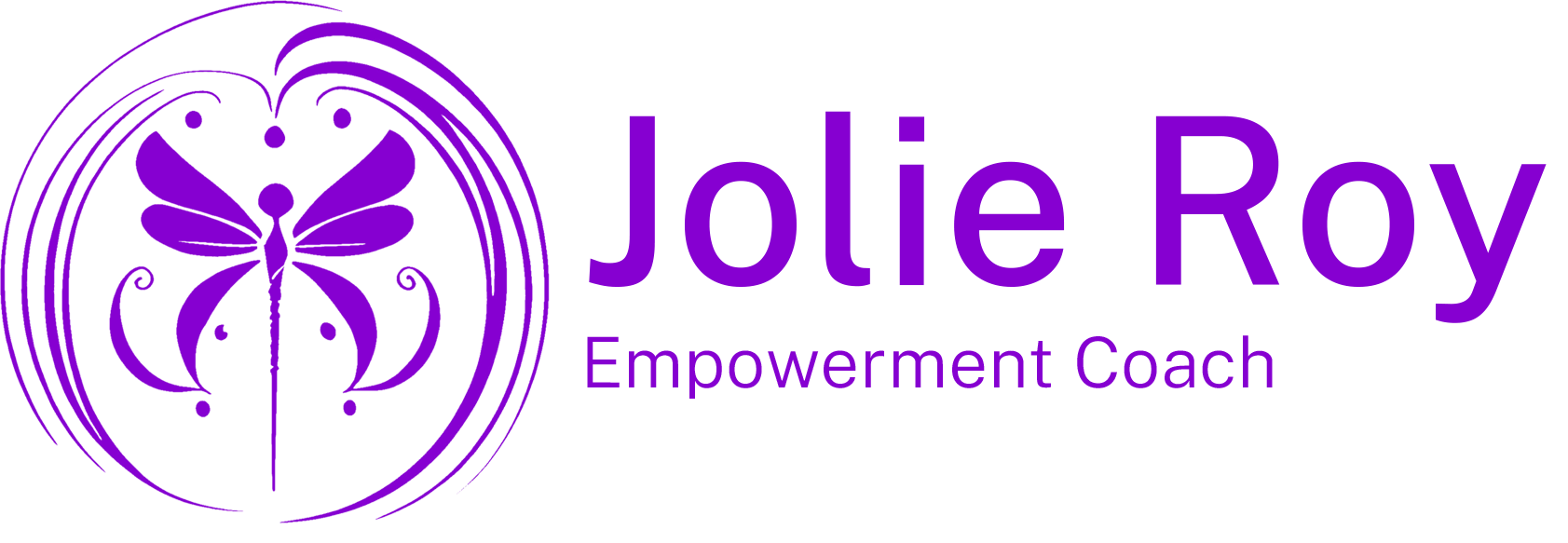Nurturing a Growth Mindset: A Lifelong Journey
The development of a growth mindset is not an innate quality but rather a product of our beliefs, emotions, and habits, which take root at a young age. Typically, around the age of 7, our beliefs about ourselves and the world begin to
a growth mindset is not an innate quality but rather a product of our beliefs, emotions, and habits, which take root at a young age. Typically, around the age of 7, our beliefs about ourselves and the world begin to
solidify, influenced significantly by our parents and environment. These beliefs, in turn, shape our values and habits, determining whether we adopt a fixed or growth mindset.
Parents play a pivotal role in cultivating a growth mindset in their children. A fixed mindset, marked by self-limiting beliefs and fear of failure, can hinder a child’s potential. Conversely, encouraging exploration and embracing challenges empower children to discover their capabilities, fostering a growth mindset that fuels resilience and adaptability.
As adults, the question arises: Can we shift from a fixed mindset to a growth mindset later in life? Absolutely. Age does not dictate the brain’s capacity for change; it’s a malleable muscle that can be strengthened at any stage. Neuroscientist Michael Merzenich underscores the brain’s need for obstacles and challenges, akin to exercise, for growth. Developing a growth mindset involves believing in one’s capacity for improvement, taking proactive steps to acquire new knowledge, and consistently working towards mastery. For example, if you’ve never taken a dance class before because you think you have “two left feet,” then you can change that belief by taking the class, practicing and getting good at it. You’ll step on a few toes, but with time and practice, you’ll be gliding across the dance floor or doing dance steps that you once thought were impossible!
In essence, the journey towards a growth mindset is a lifelong endeavor. By recognizing the impact of early influences, understanding the role of continuous learning, even for fun, and embracing challenges as opportunities, individuals of any age can cultivate a mindset that propels them towards personal and professional fulfillment.
